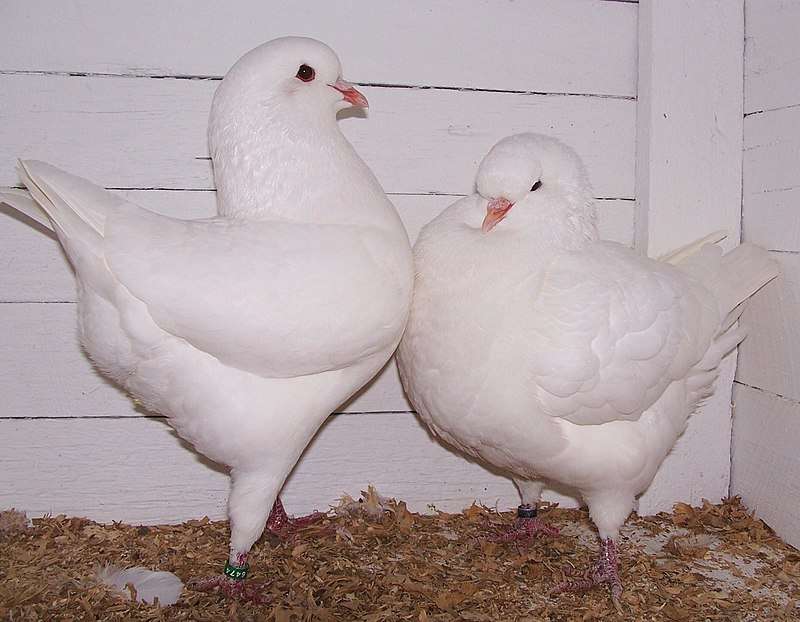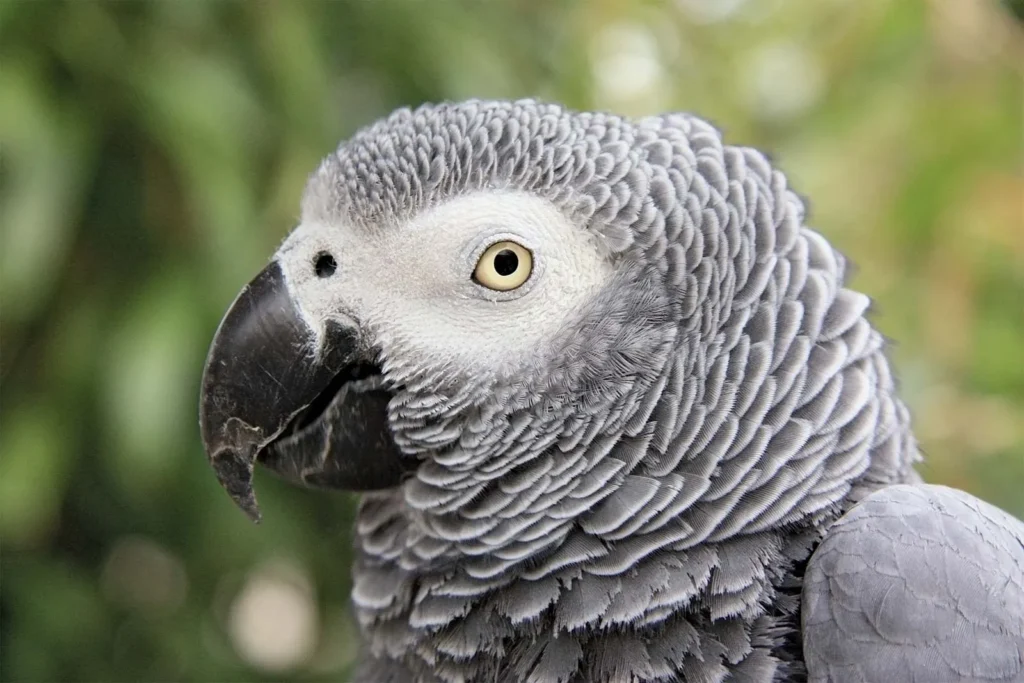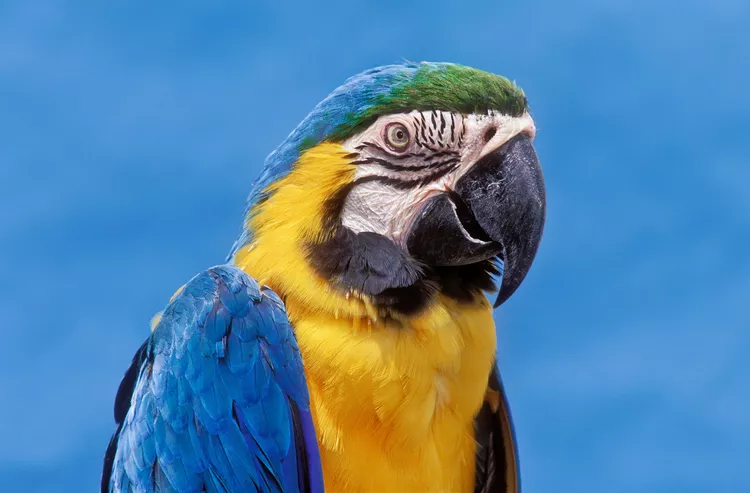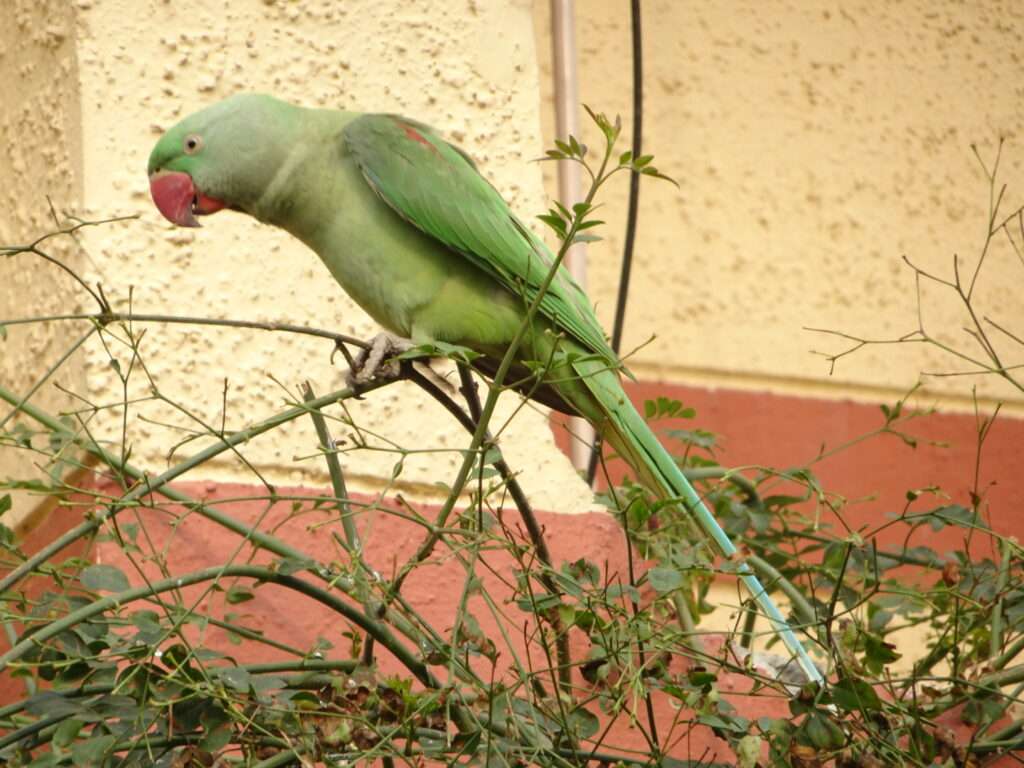
Description
Lifespan: Up to 20 years
The feathers of the King Pigeon are also highly striking. They have a peculiar sheen that catches the light and are silky and smooth to the touch. The feathers are often one solid colour, most frequently in the hues of blue, black, silver, white, or red. A tiny, rounded crest of feathers on the bird’s head gives it a majestic air.
Its body is rather rounded, and it comes in a variety of colors and designs. This can seem “plump,” but it is really larger in height than width, which may be why they were given the moniker “King.”
Origin/ Habitat
The rock pigeon, a wild species widespread throughout Asia, Europe, and North Africa, served as the ancestor of the king pigeon. Pigeon racing gained popularity in Belgium in the early 1800s, and enthusiasts started breeding pigeons specifically for their endurance and speed.
Behavior
King Pigeons, despite their enormous size and stunning appearance, are often friendly and laid-back animals. For those who are interested in keeping pigeons as pets, they are well recognized for their amiable and gentle dispositions.
King pigeons are highly clever creatures that have a keen sense of direction and the capacity to travel great distances. They have been utilized as messenger birds throughout history and even during the two World Wars to deliver crucial messages over enemy lines.
As Pet

Housing
For king pigeons to be healthy and happy, they need suitable housing. To maintain the health of the birds, the housing must be created with sturdy, easy-to-clean materials, have adequate ventilation and illumination, and be kept clean. King pigeons can thrive and give their best efforts in breeding and racing with the right home.
When creating and planning housing for king pigeons, there are numerous aspects to take into account. These include the housing’s size, the components it is made of, the lighting, ventilation, and cleanliness of the area. Here are some pointers for building king pigeon-friendly housing:
Size of Housing
King pigeons want sufficient room to fly comfortably and spread their wings. For standard-sized king pigeons, a minimum of 2 square feet of floor area per bird is advised.
However, you must offer a nesting box that is at least 18 inches long by 12 inches wide, and 12 inches high if you are harbouring a breeding pair. To give the breeding pair privacy, the nesting box should be positioned in a remote section of the home.
Materials Used
The housing should be made of sturdy and simple-to-clean materials. Wood is a typical material for pigeon housing, but to avoid warping and decay, it should be sealed with a non-toxic product. Metal, plastic, and other materials that are simple to clean and disinfect can also be used.
Ventilation and Lighting
King pigeons require sunlight and clean air to stay healthy. To allow for air circulation and minimize the development of ammonia from their droppings, the housing needs to have adequate ventilation.
Feeding
Although it is not difficult, feeding king pigeons requires some expertise and care. You can guarantee their health and wellbeing by giving them a balanced diet composed of commercial pigeon feed, grains, seeds, fruits, and vegetables.
Recall to wash your hands before and after feeding them, to provide them with fresh water at all times, and to feed them twice a day. Your king pigeons can have a long and healthy life if given the right care and nutrition.
As omnivores, king pigeons consume both plant and animal stuff. Their food consists of fruits, grains, seeds, and insects in the wild. They can be fed a range of meals as pets, including grains, fruits, seeds, and vegetables, as well as commercial pigeon feed.
Table





